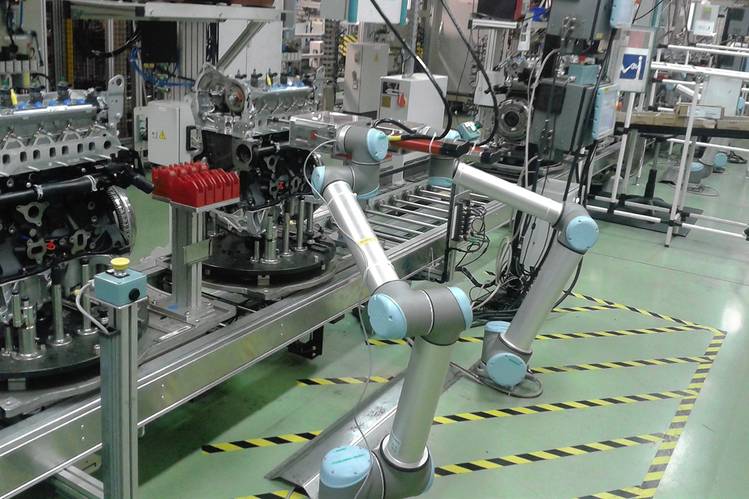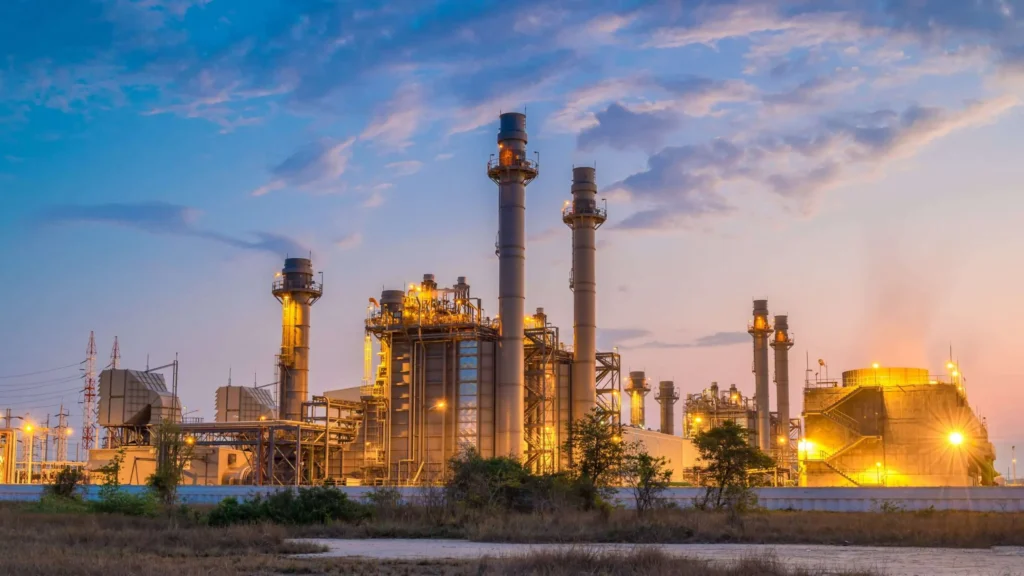
Plant Relocation: Ensuring a Smooth Transition
Relocating an entire plant or machinery setup is a complex task that demands meticulous planning, expert coordination, and the right resources. Each relocation project comes with unique challenges that can only be effectively addressed by experienced professionals with the appropriate fleet, skilled engineers, and well-trained personnel.
Here’s a step-by-step guide to ensuring a smooth and efficient plant relocation:
1. The Role of Professional Movers
Expert heavy machinery movers are trained to handle sensitive and complicated equipment with the utmost care. These professionals provide end-to-end services, including:
- Dismantling machinery with precision.
- Packing, crating, and securing equipment for transport.
- Safely transporting heavy equipment to the new site.
- Unpacking and preparing machinery for installation.
With their expertise, they ensure minimal risk of damage and guarantee the equipment arrives at its destination ready for operation.
2. Detailed Planning and Communication
The foundation of a successful plant relocation lies in thorough planning and communication.
- Site Engineers’ Role: Early involvement of site engineers ensures clear instructions and smooth coordination between teams.
- Dismantling and Scheduling: To minimize production downtime, schedule the dismantling process strategically. Keep specific machines operational while preparing others for relocation.
3. Instructions for Dismantling and Installation
A seamless move requires detailed and precise instructions. Collaborate closely with engineers and moving teams to:
- Provide specific dismantling and packing instructions.
- Share equipment manuals and blueprints to aid in proper handling.
- Ensure movers have all necessary information for safe loading, transport, and unloading.
This ensures that once the equipment arrives at the new facility, it can be installed without delays.
4. Layout Planning for Optimal Efficiency
Before the move, review your factory layout and equipment inventory to develop a strategic relocation plan.
- Identify the total machinery to be relocated.
- Design the new facility layout to optimize operations and improve workflow efficiency.
- Collaborate with engineers to decide the best placement for each machine at the new site.
Proper planning at this stage not only minimizes disruptions but also enhances operational productivity post-relocation.
5. Minimizing Risks with Expert Teams
Relocating heavy machinery comes with significant risks, including potential damage to costly equipment or safety hazards. Partnering with experienced plant relocation professionals ensures that:
- Safety protocols are strictly followed.
- The latest tools and techniques are employed for packing, moving, and reinstallation.
- Every stage is monitored and executed with precision.



